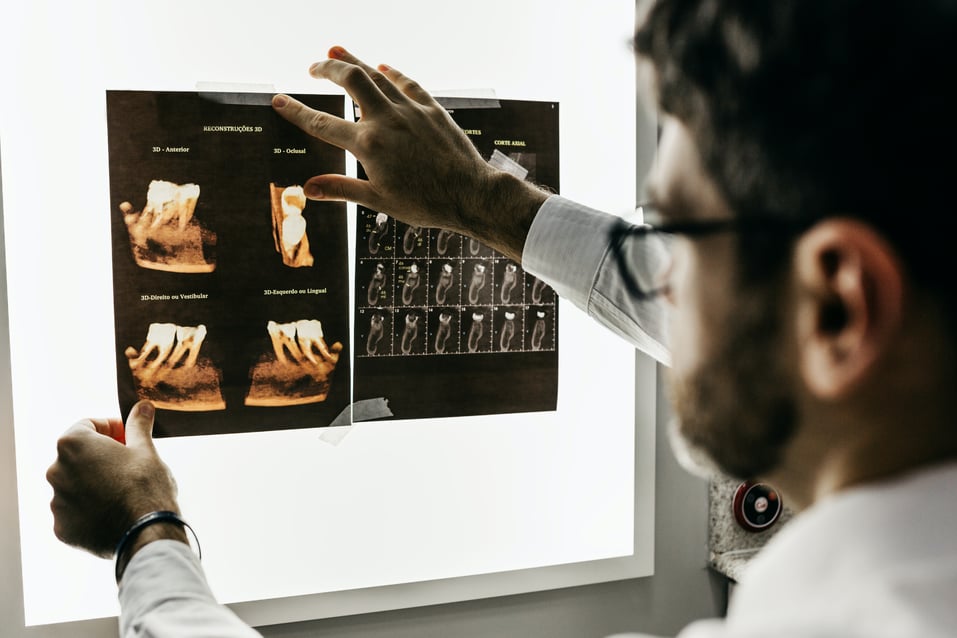
Digitalisation is affecting almost every sector, and the dental sector is not exempt from this new trend. The future of Dentistry is closely linked to digital technology and, as such, cutting-edge solutions are indispensable for dental studios that want to operate in a targeted, precise and, above all, efficient manner.
From scanning dental impressions to treatment planning and 3D printing, the digital world has become an integral part of modern dental studios.
The benefits of switching to digital technology in a dental studio
The transition to digitisation in a dental studio brings with it a number of advantages for both the dentist and the patient.
The following is a list of what can be considered as the strengths related to the orientation towards digital tools compared to the previously used more manual and much more mechanical tools.
- High quality and especially high precision. Every patient has a unique anatomy, which is why all treatments are customised to meet individual needs. The creation of functional, perfect implants is therefore closely linked to the precision of the measurements taken inside the patient's mouth. Modern 3D scanners make this task much easier. Not only will a 3D digital model be created, but it will also be much more precise and accurate than with traditional methods. As a result, maximum precision will also allow the fabrication of highly functional, quality implants and prostheses that are perfectly adapted to the patient's mouth.
- Saving time and money. Digital dentistry effectively eliminates time, in particular the sending of digital impressions will be immediate. A simple e-mail, just a few seconds and the 3D impression will be sent from the dentist's office to the dental technician who will develop the prosthesis. In the past, with traditional impressions, there was a physical step whereby the impressions had to be sent by courier or by an appointed person. It should also be remembered that traditional plaster casts could easily be damaged and new ones would be required, which often caused further losses of time and money.
- Satisfied patients. Saying goodbye to practices such as plaster impressions, which are extremely uncomfortable for the patient, will make for a much better experience in the dental studio. The degree of precision achieved with digitisation will also have an impact on the results, allowing the development of even more targeted and tailor-made solutions that deliver optimal results in a shorter timeframe.
- New business opportunities. A dental studio that still uses outdated technology can be unreliable in the eyes of patients. Patients prefer a more modern approach, but they also want to minimise the hassle and time required to resolve any problems.Therefore, a dental practice that opts for modern digital equipment could see an exponential increase in the number of patients treated compared to one that sticks to traditional practices
Having discussed the advantages of digitisation in a dental studio, it is easy to understand how this choice, for those who wish to offer a service that is in step with the times and, above all, oriented towards maximum customer satisfaction, ensures greater success, which is certainly not negligible. For these reasons, evaluating the various actions to be taken to digitise the practice is the first step towards a not inconsiderable professional and financial growth.